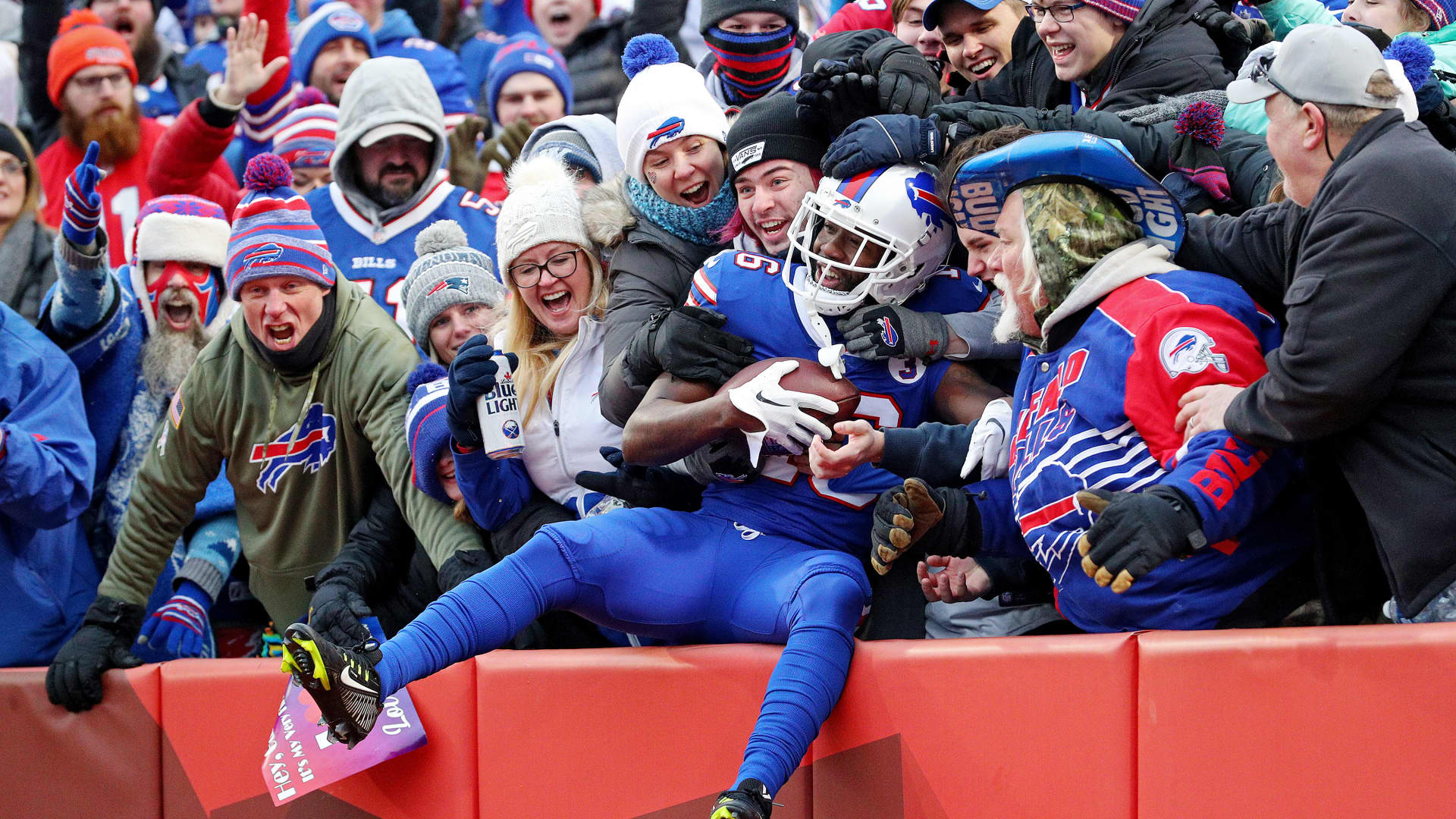‘Funflation’ drives sporting event ticket prices up a whopping 25%

Dan Hornberger has been a fan of the National Football League’s Philadelphia Eagles for as long as he can remember. As an adult, his office has team memorabilia lining the walls.
Last year, the devout supporter went to five home games, about an hour-and-a-half drive from his house. This year, however, Hornberger’s only on track to attend two games as costs soar.
“I’m a huge fan,” Hornberger, 40, said. “Ultimately, what it comes down to is just outright refusal on my part to pay those kinds of prices.”
Sports prices have surged this fall, according to federal data. That’s made game tickets the latest victim of “funflation,” a term used by economists to explain the increasing price tags of live events as consumers hanker for the experiences they lost during the pandemic.
‘A gigantic bounce back’
Admission prices for sporting events jumped 25.1% in October 2023 from the same month a year prior, according to the Bureau of Labor Statistics’ consumer price index data. The category saw the highest annualized inflation rate out of the few hundred that make up the inflation gauge.
CPI as a whole rose a relatively modest 3.2% on an annualized basis. The index tracks the prices of a broad basket of items including milk, jewelry and airline fares.
“We’ve seen this through the entire leisure and hospitality sector,” said Victor Matheson, a professor and sports economist at the College of the Holy Cross. “People are getting back to things that they enjoy doing and are willing to pay a bunch.”
Part of the reason consumers may be seeing higher prices for their favorite sports teams is because of the increasing use of dynamic pricing models, Matheson said. These structures allow ticket-selling platforms to fetch more or less per ticket, depending on demand for the event at any given moment.
There’s also an alignment of attention-grabbing sporting events taking place this fall. Beyond the typical major-league seasons, the Formula One race in Las Vegas last week and the announcement of soccer legend Lionel Messi’s move to the Inter Miami team this summer have boosted enthusiast spending.
But a large reason for the eye-popping 25.1% jump is because of how low prices were a year ago, Matheson said. Teams slashed ticket values in 2022 in a bid to win back fans who had grown accustomed to watching at home.
Sports ticket prices were 14.2% higher in October than in November 2019, a smaller gain than the entire index’s 19.6% increase, a CNBC analysis of CPI data shows. Much of the upward pressure on admission costs has come this year, underscoring the role of funflation as consumers shift their attention from Taylor Swift and Beyoncé concerts to NFL and Major League Baseball games.
“We’re seeing a gigantic bounce back in prices,” Matheson said.
NFL and National Hockey League sale volumes have approximately doubled in 2023 compared with the prior year, according to ticket platform StubHub. National Basketball Association sales rose nearly 60% at the start of the season compared with the last, while college football has seen an increase of around 50%.
To be sure, not every sport this year has seen the same price growth. StubHub said ticket prices across the top 10 sporting events were 15% higher in 2022 than they were in 2023.
Matheson said tamer inflation overall should help cool sector-specific growth. A return to a more normalized entertainment spending routine following the post-pandemic experience boom can also help quell demand and prices, he added.
‘Really upsetting’
Interest in attending games should be somewhat stable even if the economy worsens, said Rodney Paul, director of the sports analytics program at Syracuse University. That’s because a sizable portion of the consumer base is well-off enough to afford pro-sports tickets — which he likened to a luxury item — and should be able to better weather a downturn given their financial status.
But Paul said a meaningful change to the state of the economy could push fans who are less financially stable to cut back on extraneous expenses, in turn hurting demand. Cash-strapped consumers may justify spending more than they’d like this year by reminding themselves they didn’t splurge as much or at all on game tickets during the pandemic, Matheson said.
Part of the financial stress comes from the resale market for tickets, some sports enthusiasts say. The rising prices of parking and food inside the stadium also have to be factored in to the calculation of fans such as Hornberger and Sara Weddington.
Weddington was able to save enough enough to attend a Kansas City Chiefs game last season, but she said it feels out of the question this year as prices have climbed. The long-time resident of the Kansas City area said she feels for people who have never gotten to see a game before recent cost increases.
“To have such a monumental part of the community be so out of reach for a lot of people is really upsetting,” the 23-year-old said. “Not being able to go to a game is like going to a candy store and not being able to get any candy.”
Still, Paul of Syracuse University said sports have taken on a new meaning in the post-pandemic world. As people increasingly work from home, he said there’s a larger need for in-person social spaces — and those who can afford it are more willing to shell out.
“There’s a real craving for that kind of feeling of togetherness that the sports world brings,” he said. It’s “a really exciting experience that maybe is even more exciting now because people had lost it in the past.”
— CNBC’s Gabriel Cortes contributed to this report.




